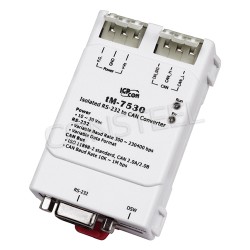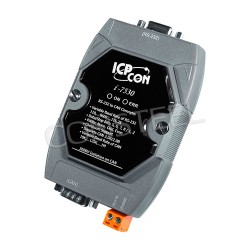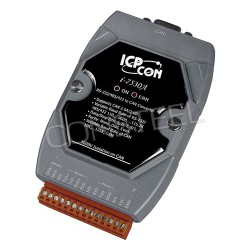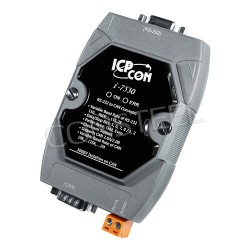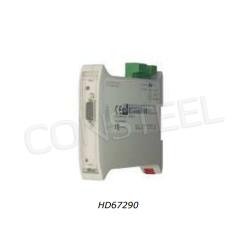RS232 to CAN converters for integration of ECU, sensors and other CAN devices via RS-232 interface
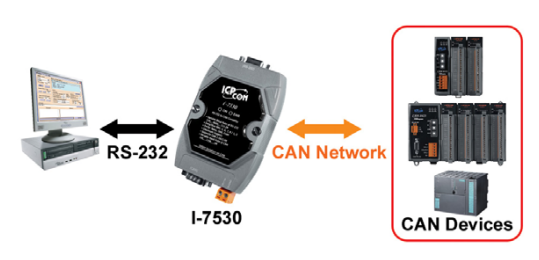
Industrial RS232 to CAN converters
In this section of our shop you will find converters from the RS232 standard to CAN or CANopen. The RS-232 bus is very often used in industrial automation for serial communication, e.g. in controllers, computers, I/O modules, measuring instruments, counters, etc. The CAN interface is a standard designed primarily for data exchange between electronic control units (ECUs). Most commonly used for engines and sensors, it performs perfectly in harsh environments and its main feature is reliability, thanks to differential signalling that mitigates electromagnetic interference.
Converters allow the integration of any CAN or CANopen devices (e.g. for controlling motors, sensors, controllers and recording systems) using the RS232 interface, e.g. in a PLC or industrial computer. An additional function of the converters is to build a CAN bridge between RS-232 devices (RS-232 to CAN brigde).
Learn more about our RS232 to CAN converters
Each RS-232 to CAN converter available in our range features a wide power supply range of 9-48VDC or 24VAC, easy DIN rail mounting, resistance to electromagnetic interference and the possibility of installation in an environment with a wide operating temperature range from -40°C to 85°C. The industrial features of the converters guarantee their reliable operation and the possibility of installation also in very demanding applications with heavy machinery with very high temperatures, as well as those exposed to frost (e.g. in rolling stock).
Our RS-232 to CAN converters have been designed to support CAN type ports (CAN 2.0A, CAN 2.0B, CANopen), and RS-232 on a screw or DB9 connector. Thanks to the free software included with each unit, the converters are very easy to configure. Selected converter models have a watchdog, optoisolation up to 2000V, a built-in frame filter and a buffer for frames sent on the CAN and RS-232 side. The maximum transmission speed of the converters is 1Mb/s on the CAN side and 115200b/s on the RS-232 side.
Select the RS232 to CAN converter you are interested in and read the detailed technical description:















